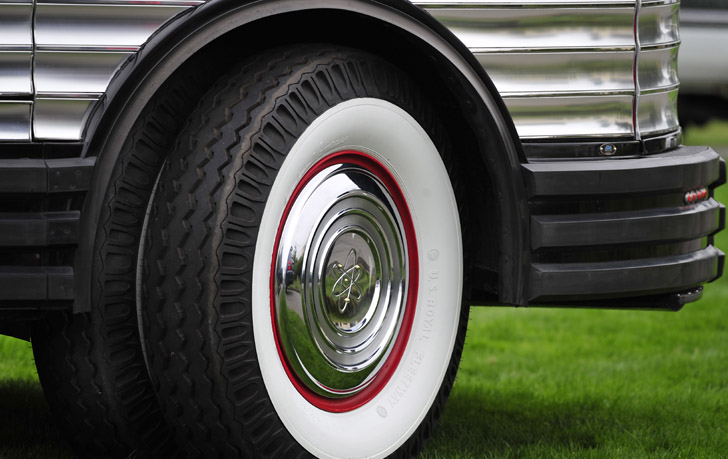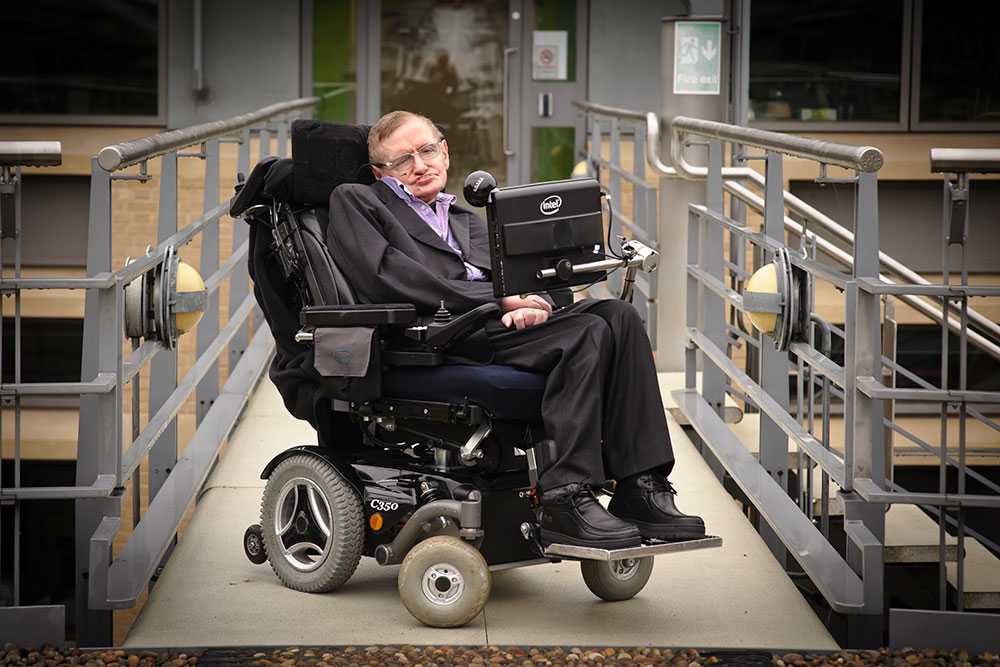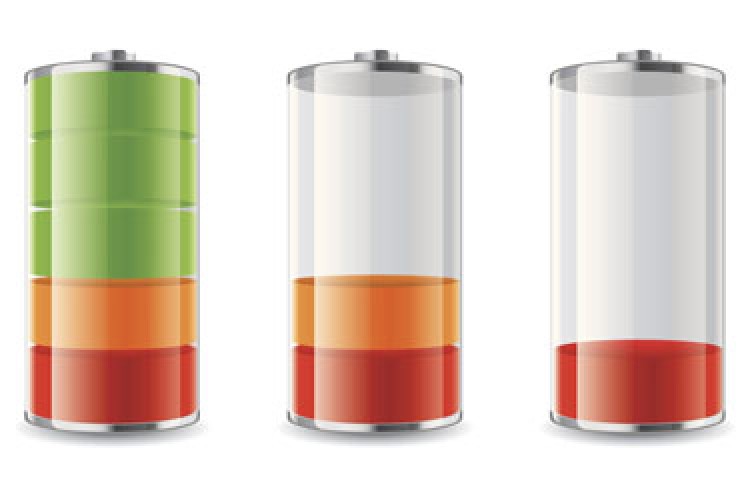
Recognizing a Wheel Bearing Rustle
.
Your mechanic says you need a wheel bearing, but you wonder "What is that?" I will make this as easy as possible to understand, with pictures, video, and my own interpretation. I'll tell you what a wheel bearing is, its job, where it's located, and what it sounds like when it's damaged.
What Is a Wheel Bearing?
A wheel bearing is a set of steel balls held together by a metal ring called a race. They help wheels spin fast with as little friction as possible. They are used on all kinds of vehicles, from bicycles to aircraft and cars. On a car, a wheel bearing rides on a metal axle shaft and fits tightly inside the hub, which is a hollow chunk of metal at the center of the wheel. The hub holds the lug bolts that you use to bolt the tire onto the wheel. The wheel bearing is pressed into the hub from the back.
What Does a Bad Wheel Bearing Sound Like?
When bearings are damaged and making noise, it's hard to diagnose because you have to drive the vehicle in order to reproduce the sound. Here are tips to help you find the source of the problem:
· When the seal on the wheel bearing is broken or damaged, the noise starts out very faint and becomes louder over time. It sounds like the noise that your tires make when hitting a rumble strip on the highway, just not quite as loud, something like the sound of playing cards flapping against bicycle spokes.
· While driving down the road about 40 mph, sway the car side to side slowly, shifting the weight of the vehicle from one side to the other. Do not drive crazy or cause the car to spin out, just sway it gently. Notice whether the noise gets louder or softer. If the noise is a little less if you turn right, the damaged bearing may be on the left, or vice versa.
· Note that tires that are "chopped" or "scalloped" (worn in patches) also make a rhythmic noise that increases in speed. This sounds very similar to a bad wheel bearing. Look at your tires as well if you hear this kind of noise.
Why Do Wheel Bearings Make Noise?
Most wheel bearings are hardened steel and can withstand a lot of abuse. Its two worst enemies are heat and water. Heat caused by lack of lubrication can destroy a wheel bearing. Water that penetrates a sealed bearing will also destroy it.
Most wheel bearings manufactured today are sealed. They come from the factory pressed together as an assembly: front race, bearing set, center race, bearing set, and outer race, with seals on both the front and rear. Seals protect bearings from the elements, water, and debris, and they also seal in the high-temperature grease the bearing needs. When a seal is broken or damaged, the wheel bearing will fail and start making noise.
Pinpointing the Source of Bearing Noise
As explained in the video below, if you really want to know whether your noise is a bearing noise and you can get the car up on a lift, you can use an improvised stethoscope (actually a big screwdriver) to listen to the sound and find out where it's coming from. Have someone in the vehicle start it and run it at about 40 mph. Using a long screwdriver or stethoscope, rest it on the hub near each wheel bearing. Careful! Don't let the tool touch a moving part, or it could fly up and hit you. Listen through the handle of the screwdriver (or through the stethoscope) for the noise, and I guarantee you will be able to determine which bearing is bad.
Replacing Your Wheel Bearing
Wheel bearings do not fail immediately, and usually give you some time before you need to have them replaced. I suppose if a wheel bearing failed completely it could lock up and prevent the car from moving. Then again, my daughter drove on a noisy bearing for six months and nothing happened except that it got louder and louder.
You shouldn't necessarily have the bearings on both sides replaced. Just because one fails is no reason to think the others are about to; bearings should last a long time.
Replacing one is a bit expensive because of the labor involved. There are a lot of parts to remove and get out of the way before you can get to the wheel bearing, especially on a four-wheel-drive or front-wheel-drive vehicle. It's a difficult job to do yourself without a press, because it's a tight fit getting the bearing in and out of the hub. It's less work (though more expense for parts) to replace the whole hub and bearing as a unit.











